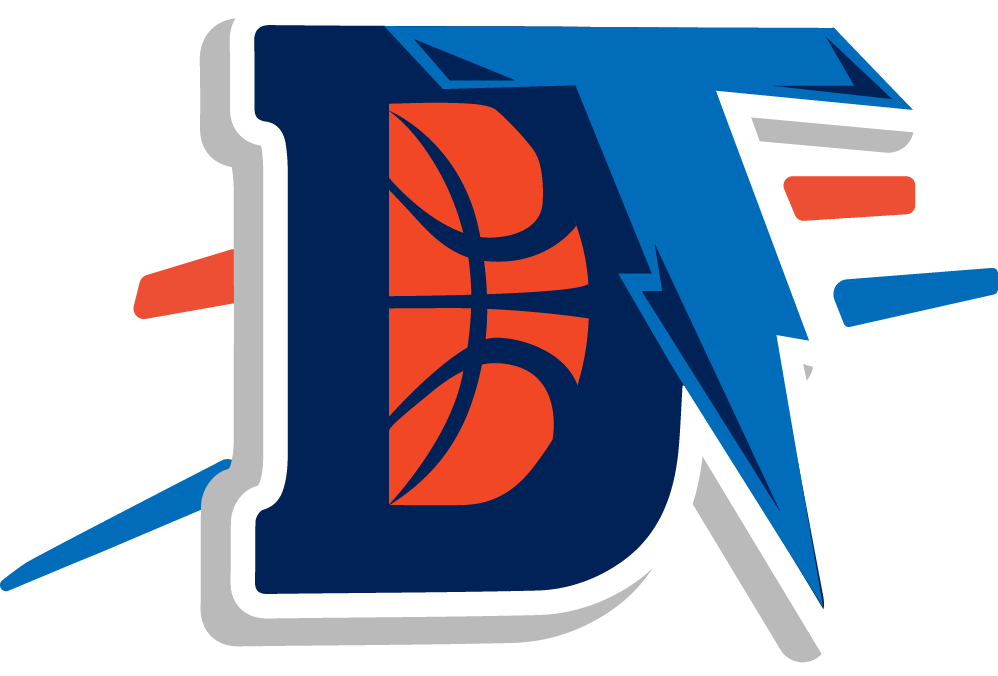Play It Back: Movement

Recently I was reading something by a basketball coach that claimed he threatened his team with sprints anytime he saw someone standing around while a post-up was occurring. This clearly has not been a rule for the Thunder. We’ve seen too many seasons of players completely disengaging from the play when an ISO starts, but I’ve actually started noticing an improvement this season. Andre Roberson, Alex Abrines and Paul George all move off-ball when someone is ISO’ing. It’s smart basketball and really puts the defense on its heels.
Example one:
This play is a great example of off-ball movement. First off, in the course of this play Blake Griffin has gotten switched onto Abrines and Carmelo Anthony is posting up against a mismatch. Everyone knows Melo wants to shoot when he posts up, so all defensive attention is focused on him. Alex starts on the ball-side wing and then cuts to the free throw line. The cut is especially intelligent and useful because Griffin is going to be focused on the man he should have been guarding. When Abrines breaks off his cut at the right side of the key, Griffin completely abandons him and turns to double Melo.
Immediately, Abrines retreats back to the right wing three-point line, and is able to calmly pump fake a good initial contest and splash a wide open three.
Example two:
This play is a new staple of the Thunder offense. I counted at least five times they ran this against the Clippers, each time resulting in a good shot. PG sets up in either corner with the ball at the top of the three-point line. Typically the play will begin as you see here with the ball swinging to the opposite side of the court from George. That pass is his signal to start his baseline cut.
Meanwhile, the shooting guard will make his way across and set up to screen PG’s man. Simultaneously, the fifth man, usually the center, will work his way toward the baseline in the opposite corner. The only thing left is for George to finish his cut depending on how the defense chooses to play the double screen.
In the play above, Dakari Johnson sets up wide, but DeAndre Jordan stays back and George’s man opts to go “over” the screen. This action tells George to not curl off the second screen, instead flaring out and squaring immediately. This gives him just enough time to catch and shoot before his man covers. Should his man opt to try and go under the screen, George would curl around the screen toward the wing — thus giving himself the necessary time to catch and square up for the shot.
Later on in this game, the Thunder ran the same action for the fourth time. That time Russell Westbrook was the one receiving the pass that initiated the cut.
The play:
The defense overreacted to the play and Russ was given a clear lane to the basket for a layup or a shot from the corner. Watch for this play over the next few games. You will see it several times and will likely see new wrinkles added to it the more times it is subsequently run.
I feel it is important for Thunder fans to get to see their team utilizing the ball movement so many teams use against them. Above Westbrook has drawn a double team and it completely gets the Clippers’ defense out of sorts. Russ hits Melo cross-court in the right corner. All five Clippers turn their heads and jump in the direction of Melo. Every defender is now off balance when Melo touch passes it up to Abrines in the right corner. Alex then swings to PG at the left wing and the Clippers are officially in full scramble as two guys sell out to run George off the line. Russ has drifted to the corner with no one aware of him. PG hits him with a fourth pass in three seconds and Jerami Grant promptly steps in front of his man to ensure no close out attempt. Russ hits the most open shot he had all night.
Another example:
This play is here for you to appreciate PG’s court awareness and ability to diagnose a play. When the play starts, Melo is picking up a double team from Jerami Grant’s man due to a mismatch (have you noticed a theme here?). Abrines is in the left corner and starts to work his way up toward the wing. Earlier we discussed the importance of off-ball movement during ISOs, but George waves him off and tells him to stick in the corner. PG then hangs around the left wing and Jerami Grant works his way towards the free throw line. This movement is smart — his man has gone to double so he will either get a free cut to the basket or someone else will have to help off their man.
Predictably, PG’s man sags off to pick up Grant’s cut — leaving PG unguarded. Melo skips the cross-court pass to PG who immediately redirects Abrines in the corner. George diagnosed the play well before any action began and it led to a wide open corner three.
Small quirks as mentioned here are the type of actions that can help take this Thunder offense to new heights. Be on the lookout as this becomes more familiar.
